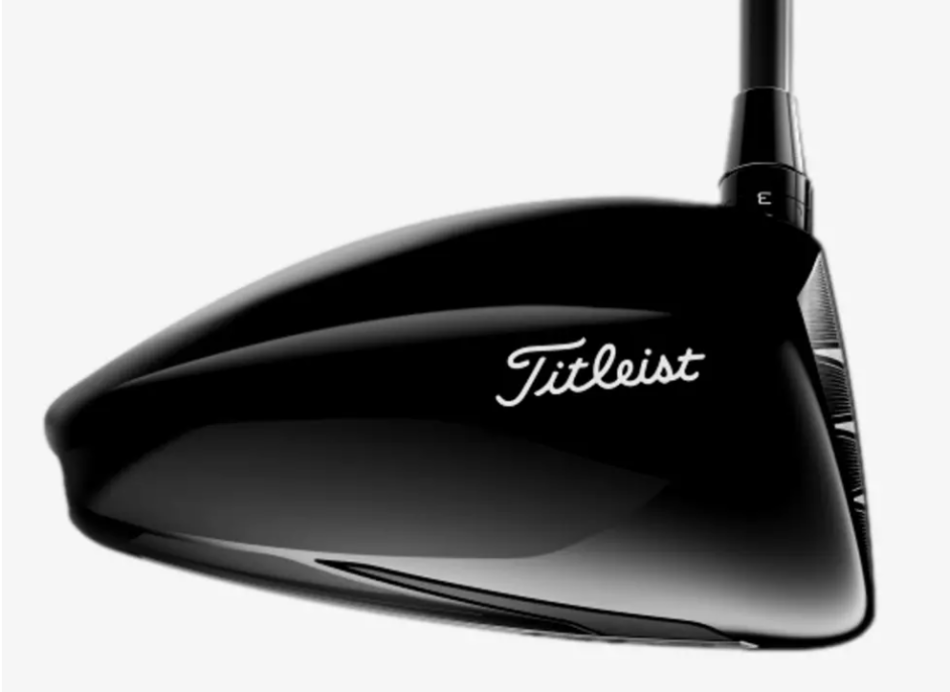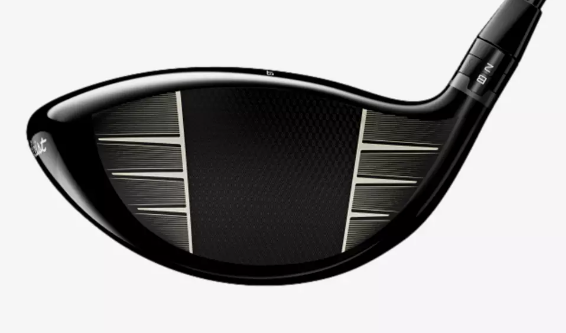Drive Away Hunger Golf Classic 2025
Join Community Table on August 25 at Fossil Trace Golf Club
By Tony Dear
There’s a Cameron Young line Titleist uses in its promotional material for its new GT line of drivers that sums up the club perfectly.
“It’s nice to know that underneath you’ve got some help,” Young says, “but, at the same time, it’s the same thing you’re used to. And the things that you like have stayed consistent.”
That’s a large part of what Titleist’s Speed Project drivers were about – consistency. The three generations of TS Drivers – TS, TSi, and TSR – all had a familiar look about them. Titleist loyalists would have been able to tell them apart, of course, but the non-golfer in the house might have wondered why you’d just gone and splurged a substantial amount of money on a driver that looked pretty much the same as your last. And he/she will do the same double-take if and when you bring a GT driver home.
The GT – Generational Technology – has much the same all-black, pear-shaped look as its predecessors. They look sleek because Titleist eschews most of the fancy graphics and busyness of other companies’ drivers. But, as Young suggests, there’s a substantial amount of new tech concealed within.

Perhaps the most conspicuous (for the Titleist player, anyway) difference between the GT2 and GT3 and their corresponding TSR models is the raised back part of the sole (Titleist calls it the ‘Boat Tail’). Titleist changed the shape of its drivers to improve aerodynamics. Better aerodynamics hasn’t been the biggest buzzword among driver-makers and the technology isn’t the greatest motivator for buyers. The promise of extra ball speed or more forgiveness (higher Moment of Inertia – MoI) is more likely to get someone in the market for a new driver moving. And though Titleist certainly addresses those areas, it is certainly the manufacturer that’s least likely to boost one area of a club if it means sacrificing another which, as most people who know anything about how golf club design works, invariably does.
The slightly flatter crown reduces drag helping the clubhead to slip through the air quicker, giving you a little extra clubhead speed.
To create this slightly different shape though, Titleist needed to reject its long-lasting reliance on all-titanium clubheads and introduce a new, lighter material for the crown. By raising the back of the sole, the club’s Center of Gravity (CG) would inevitably rise which would affect launch angle and spin rate and, ultimately, lose you a little distance.
So engineers needed that lighter top section to enable them to position weight lower in the clubhead thereby keeping the CG in an optimal position. The GT is the first Titleist driver to feature a composite crown across all models in the line-up (GT2, GT3, GT4) and is, in fact, the first time Titleist has used composite in a driver since the 909 D Comp which surfaced in 2010.

What is added to the carbon composite material is the next intriguing part about the GT. The crown in question is a thermoform polymer which means it’s heat-treated to make it pliable. It goes through a series of stages to create the final shape and is then applied to the Titanium chassis at the front, back, and bottom. A Proprietary Matrix Polymer (PMP) is added to the carbon composite material instead of the glue/resin other manufacturers commonly use. Glue/resin might provide structural rigidity, but it tends to promote a muted sound. PMP, meanwhile, can be tuned to create different sounds, more of the Titanium ‘smash’ or ‘thwack’ that many players prefer as it sounds a bit more powerful. It would be wrong to say the club’s acoustics are ‘improved’ because which sound we like better is subjective, of course. But the sound of the GT is certainly different from that of other composite crown drivers.
(Something else worth mentioning about the clubhead is that the joint between the carbon crown and Titanium chassis is completely invisible. Again, that’s not to say it’s better because some players don’t mind seeing the divide between the two materials. Might prefer it. After the seal is buffed and the clubhead painted there is nothing to suggest the top and bottom are made of two different materials. Indeed, you’d be forgiven for thinking this is another of Titleist’s all-titanium drivers which is in keeping with its desire to keep things consistent.)
The use of a composite crown allowed Titleist to position weight in the sole of the club toward the front and back. This ‘Split Mass Construction’ puts more weight low and on the perimeter of the driver which is, of course, always desirable. Titleist wasn’t going for massive MoI, however. As we mentioned above, Titleist is unlikely to go all-out for something at the expense of something else. It doesn’t want to build just the highest MoI driver (to do that all the weight saved by having a composite crown would have been positioned toward the back of the clubhead) or just the highest ballspeed driver, but rather what it calls ‘Total Performance’ drivers, saying its goal is to create a club with the right amount of stability and optimal CG properties to create a driver that’s more consistently long.
Another feature of the GT that helps Titleist do that is the Speed Ring in the face which debuted in the TSR3 two years ago.
“The Speed Ring maximizes the club’s COR [coefficient of restitution] on the center and maximizes ball speed,” says Stephanie Lutrell, Director of Titleist Metalwood Product Development.

“But Speed Ring naturally constrains the face perimeter which could result in lower performance on off-center hits. So the face also features Variable Face Thickness which allows us to discretely thin the face, expanding the sweet spot size and maximizing speed on mishits.”
Each of the GT drivers also has new tour-inspired face graphics designed to frame the ball squarely at the address.
GT drivers first appeared on the PGA Tour at the Memorial in June when 13 Titleist staffers had it in their bags. By the time July’s Genesis Open was played, more than 100 PGA Tour players had adopted it. All three models have Titleist’s SureFit Hosel.
GT2
460cc clubhead that is slightly longer than the others from front to back and a little shallower. Designed for high launch and low spin. An interchangeable nine-gram weight in the back increases stability and allows you to control the weight of the head. For players who struggle to find the center of the face consistently.

$649 with a stock shaft or $849 with a premium shaft
Lofts – 8˚˚, 9˚, 10˚, 11˚
Shafts – Project X Denali Red, HZRDUS Black 5th Generation, Mitsubishi Tensei 1K Blue.
Premium shafts – Graphite Design Tour AD-VF. Graphite Design Tour AD-DI, Graphite Design Tour AD-UB
Right and left-hand
GT3
A new adjustable CG track, positioned closer to the face than on the TSR3, allows fitters and golfers to select between five CG locations which helps you line up the CG setting to match the spot on the face where you tend to strike the ball. That gives you more ball speed and should result in a more consistent ball flight.
$649 with a stock shaft or $849 with a premium shaft
Lofts – 8˚˚, 9˚, 10˚, 11˚
Shafts – Project X Denali Red, HZRDUS Black 5th Generation, Mitsubishi Tensei 1K Blue.
Premium shafts – Graphite Design Tour AD-VF. Graphite Design Tour AD-DI, Graphite Design Tour AD-UB
Right and left-hand
GT4
A 430cc, low-spin driver designed for a more penetrating ball flight. Interchangeable 11-gram and three-gram weights enable you to choose between ultra-low spin or mid-spin (11 gram more forward for lower spin).
$649 with a stock shaft or $849 with a premium shaft
Lofts – 8˚˚, 9˚, 10˚
Shafts – Project X Denali Red, HZRDUS Black 5th Generation, Mitsubishi Tensei 1K Blue.
Premium shafts – Graphite Design Tour AD-VF. Graphite Design Tour AD-DI, Graphite Design Tour AD-UB
Right and left-hand
Available at titleist.com now and in stores August 23rd.
Colorado AvidGolfer Magazine is the state’s leading resource for golf and the lifestyle that surrounds it, publishing eight issues annually and proudly delivering daily content via coloradoavidgolfer.com.
Join Community Table on August 25 at Fossil Trace Golf Club
Steamboat Springs is like a secret only you and your friends know
Vail Valley is home to an endless array of summer outdoor pursuits